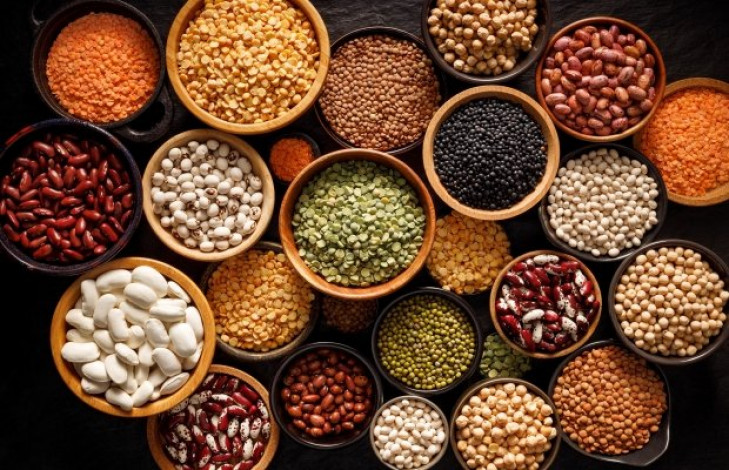
The common pulses in Bangladesh are Masur (lentil), Mung
(green gram), Mashkalai (black gram), Chhola (chick pea), Kheshari (lathyrus or
grass pea), and Motor (pea). Kheshari is widely cultivated, mostly as fodder,
and also consumed by the villagers of the northern part of the country. Pulses
are the important sources of proteins, vitamins and minerals and are popularly
known as "Poor man’s meat” and "rich man’s vegetable”, contribute
significantly to the nutritional security of the country. Pulse grains are
covered by pods when harvested. On opening the pods, each grain is covered by
bran. The whole grain of pulses such as chickpea, may be consumed either as a
snack or by frying. Usually, however, for consumption in common form such as
soup (dal), the grain needs to be dehusked. The dehusking of pulse grains for
both growers’ consumption and traders’ commercial use.
Dehusking at the
growers’ level
All growers dehusk pulse grain by means of an indigenous manually-operated
appliance called a jata. The jata is made of 2 wheel-shaped stones placed one
upon the other. The lower stone is fixed while the upper stone moves round.
There is a hole in the upper stone through which whole pulses are inserted. The
appliance is operated by hand so that by constant rolling pressure inside the 2
stones, the bran is separated from the grain. The time required to dehusk one
kg of whole pulse varies from 20 to 45 minutes depending on the kind of pulse
and the amount of energy expended. The average time required for a kg of
lathyrus is 35 to 45 minutes while for chickpea, it is 20 to 25 minutes. The
cost of the appliance varies from Tk 400 to Tk 500 per unit, depending on the
locality.
Consumers with few whole pulses are not able to use the pulse-husking mill and growers have no alternative to using the jata for their own crops.
Dehusking at the
traders’ level
For commercial use, the dehusking of pulses is done in electric or
diesel-operated machines. These mills are located only in secondary or terminal
markets. Normally a mill with a 30-horsepower motor can dehusk 200 to 250 kg of
whole pulse per hour. Because there is a limited number of mills concentrated
in only a few markets, mill owners generally do not provide any service to the
customer.
The average installation cost of a mill with a 30-horsepower motor is approximately Tk 0.11 million. On the other hand, automatic dehusking mills have recently been installed in the area under study. These machines can dehusk 500 to 600kg of whole pulse per hour. The cost of installing such mills, however, including the cost of the machine, is about Tk 0.6 million. All these power-operated machines are for large-scale dehusking of pulses. Growers have to depend on the indigenous appliances. Although the efficiency of these indigenous appliances is not great, they are not expensive because for labour, growers use their own families during their leisure time. The proportion of clean grain to by-products or pulse bran is about 75:25. The ratio is similar for both the power-operated machines and the jata.
Operational costs of
dehusking pulses
It was observed that in an electrically-operated pulse-husking mill with a
30- horsepower motor, the average cost of dehusking one quintal of pulse varied
from Tk 17.15 for lathyrus to Tk 22.11 for mungbean. Electricity costs were the
main expense (42% to 54% of the total operational cost). Managerial and labour
costs (which comprised 39% to 48% of the total costs) were the next major item.
The cost varies according to the moisture content of the grain. Usually whole
grains are sorted through a scanner into 4 uniform sizes or grades.
Comment Now